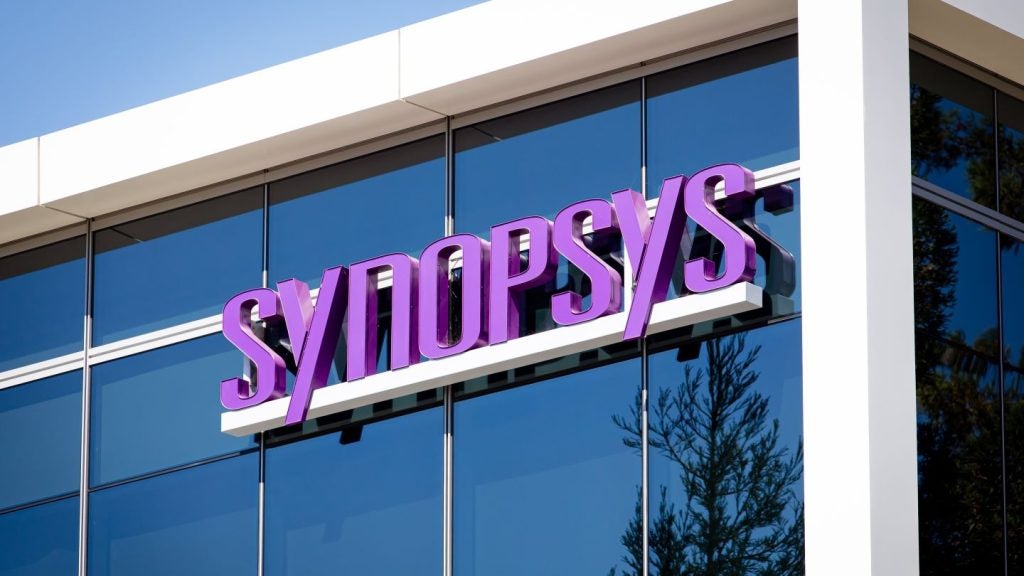
Today (21 September) is an exciting day in European trade as the European Union’s (EU) new trade deal with Canada has provisionally come into force.
Named Ceta, the trade deal aims to make it easier to export goods and services between the union and Canada.
How did Ceta come about and what are the downsides for the UK?
What is Ceta?
The EU and Canada’s Ceta stands for Comprehensive Economic and Trade Agreement.
The negotiations began in 2009 and finished in 2014, with Canada’s prime minister Justin Trudeau signing the official agreement in October 2016.
The European Commission called it: “the most ambitious trade agreement that the EU has ever concluded.”
How well do you really know your competitors?
Access the most comprehensive Company Profiles on the market, powered by GlobalData. Save hours of research. Gain competitive edge.

Thank you!
Your download email will arrive shortly
Not ready to buy yet? Download a free sample
We are confident about the unique quality of our Company Profiles. However, we want you to make the most beneficial decision for your business, so we offer a free sample that you can download by submitting the below form
By GlobalDataThe European Parliament then had to approve the deal earlier this year in February. However, it has only provisionally come into force today. Most of the agreement applies but the national parliaments of the EU’s member states need to ratify the agreement so it can be fully enforced.
It took over four years for a similar deal with South Korea to be ratified by all EU state. Don’t hold your breath for a quick agreement.
What will Ceta do?
Ceta will cut 98 percent of tariffs between EU member states and Canada as a way to boost trade and investment between the two partners. This will save EU businesses €590m each per year in Canadian customs duties over time.
It will allow European firms to bid for Canadian public contracts and let them sell services in Canada.
Importantly, it will ban the sale of imitations of 140 European delicacies in Canada. This will include things like Chianti wine from Italy and cheese from Portugal.
The EU already exports around €3.4bn worth of food and drink to Canada so it should boost this sector too. It’s expected it will import over 18,000 tons of EU cheese, up from 8,500 before the treaty.
What about the UK?
Whilst the UK remains in the EU, until March 2019, it will be subject to Ceta’s provisions. As well, given the length of time it usually takes for member states to ratify a treaty like this, it’s unlikely it will fully come into force before then.
After this date then, the UK will be out on its own. According to a parliamentary briefing on Ceta:
While the situation is not entirely clear, the general view is that the UK will need to renegotiate its trade agreements with non-EU countries after Brexit.
However, on the whole, the UK prime minister Theresa May has been positive about Ceta. According to the Independent, some people see it as a model for post-Brexit trade, and May has said she wants to retain Ceta.
Could we see some of the Ceta provisions emulated in the new UK-EU trade deal once Brexit is complete? Guess we have that to look forward to that in the Brexit talks.







